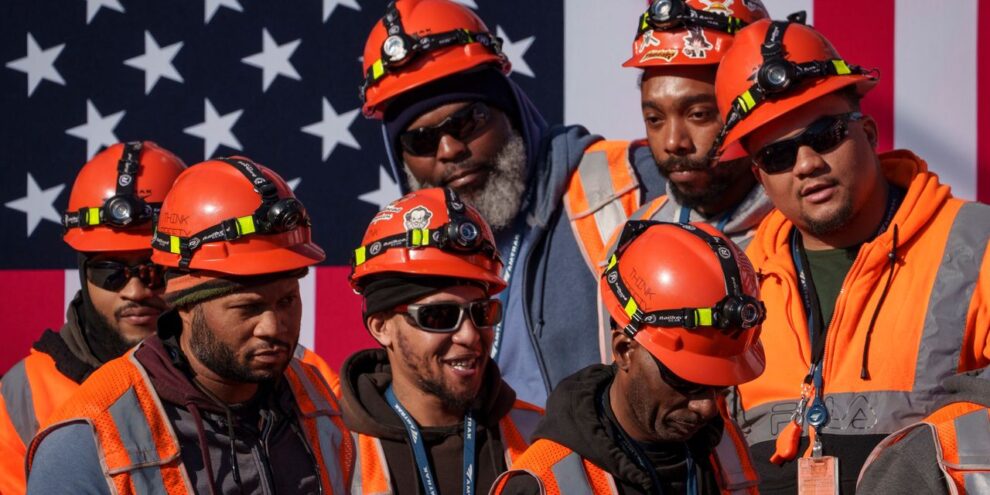
The creation of new U.S. jobs likely slowed in January for the sixth month in a row, but a historically tight labor market has shown lots of resilience even as the economy weakens. But how long can it last?
Here’s what to watch in the January employment report on Friday morning, including a potential wild card.
Wall Street forecast
The U.S. likely added 187,000 new jobs in January, compared to 223,000 in the final month of 2022, according to economists polled by The Wall Street Journal.
If so, it would be the smallest increase in just over two years. The big question is, is it slow enough for the Federal Reserve?
In a word, no. Fed Chairman Jerome Powell has said the economy only needs to add about 100,000 new jobs a month to soak up all the new workers entering the labor force.
Anything more than that is seen as contributing to upward pressure on wages as businesses compete for labor. The Fed worries that persistently strong wage gains could make it harder to get high U.S. inflation under control.
“Job growth slowed over 2022 but ended the year still well above its pre-pandemic pace,” noted Gus Faucher, chief economist at PNC Financial Services.
Revisionist history
The January jobs report also has the potential to rewrite the current view of the labor market.
Every year the government revises its previous estimates of employment gains after matching them to actual payroll tax returns of U.S. businesses. In most years the changes don’t amount to much.
That might not be the case for 2022. It’s possible the updated data could show hiring was slower toward the end of year than previously believed.
Economists say investors should be cautious about reading too much into the report if employment gains in January are much higher or lower than Wall Street forecast.
Unemployment rate
Wall Street DJIA, -0.11% SPX, +1.47% predicts the unemployment rate will edge up to 3.6% in January from 3.5%, leaving it near a 54-year low.
Don’t expect unemployment to remain so low, however. The economy has slowed in response to rising interest rates orchestrated by the Fed to douse high inflation.
The Fed previously predicted the jobless rate would rise to 4.6% by next year, and many private economists think it could go higher.
The outplacement firm Challenger, Gray & Christmas said U.S. layoffs in January hit a more than two-year high, a potential harbinger of things to come.
Worker pay
Average hourly wages are forecast to increase 0.3% for the second month in a row. That would be one of the smallest increases in the past two years.
Still, worker pay is rising too quickly for the Fed’s liking. Wages rose at a 4.6% yearly pace in December, well above pre-pandemic levels of 2% to 3%.
Wage growth could slow again to 4.3% in January, economists say, and give the Fed some comfort. The pace of pay increases has slowed from a 40-year high of 5.6% last year.
Yet wages are likely to keep rising at what the Fed considers an excessively fast clip as long as there are far more job openings available than willing workers.
Labor force
The share of the working-age population in the labor force has languished around 62% for the past year. In other words, just 62 of every 100 people of working age either have a job or are looking for one.
The so-called participation rate is still a point below the pre-pandemic peak and down sharply from a record 67.3% in 2000.
Many of the missing workers are baby boomers who have retired, but the pool of available labor has shrunk for a variety of reasons. That helps explain why the labor market is so tight and why wages are rising more rapidly.






